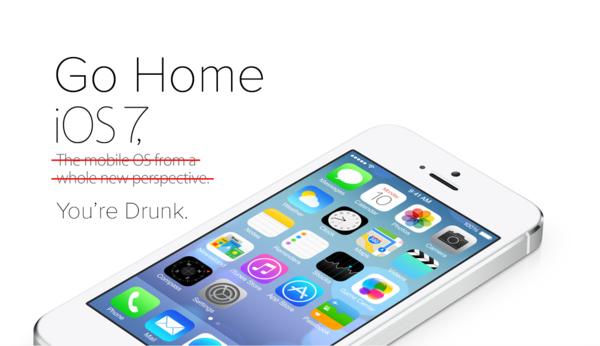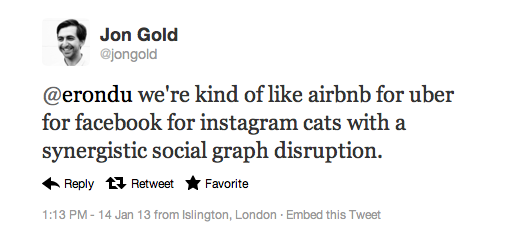Go Home iOS 7, You’re Drunk.

When the clip rolled and Jony Ive’s face emerged, every pair of eyes were glued to the screen in high hopes of innovation.
Shhh, Jony is preaching. wwdc
— Jared Erondu (@erondu) June 10, 2013
Then we saw it. “The biggest thing to happen to iPhone since iPhone.” And they weren’t kidding. iOS 7 brought the biggest redesign to iPhone since, well, ever. Not a pixel was left untouched.
The world then took to the social networks and blogs, myself included, to nitpick the pixels, the app icons, the frost effects, the font weights, the inconsistencies, the colors, the… wait I’m doing it again.
Summary of iOS7- Better UX- UI is conflicting. Pretty in some places, WTF in others- Color overload@dribbble will come alive tonight.
— Jared Erondu (@erondu) June 10, 2013
Drunk
But after updating to the OS for myself, playing around with it, and comparing it to its iOS 6 counterpart, I’ve...

